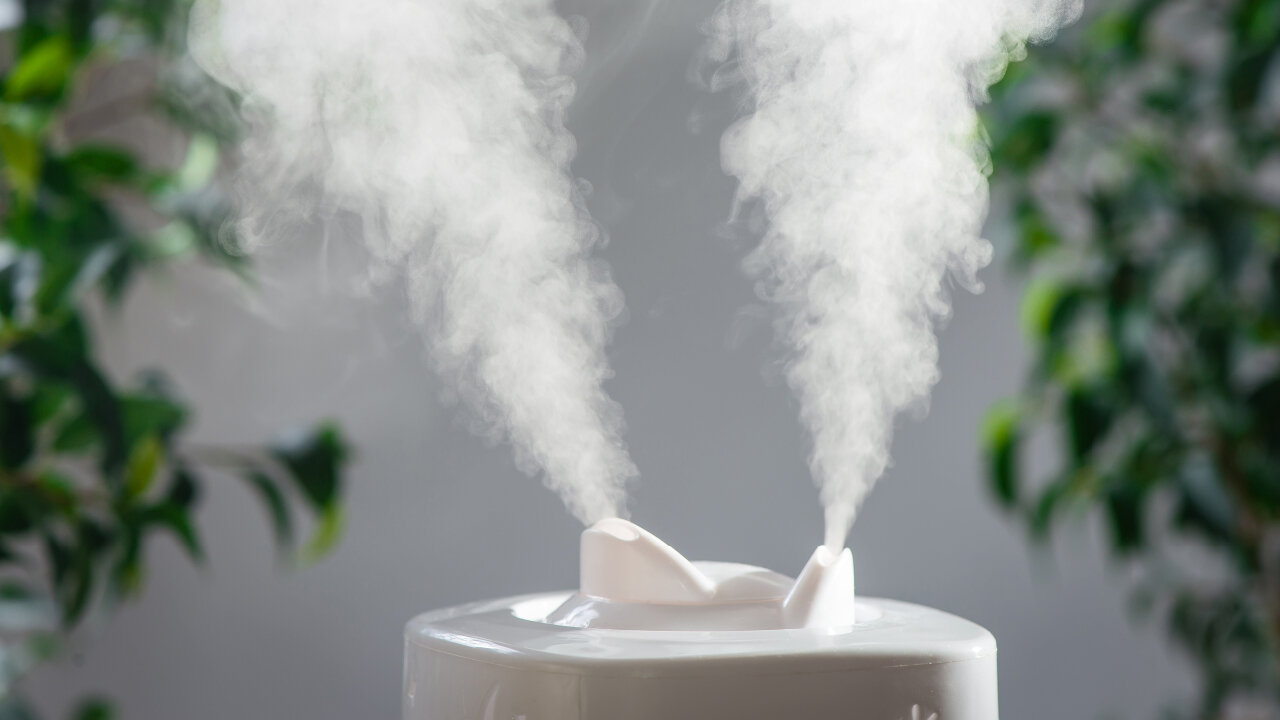
Portable mist humidifiers have become the go-to solution for many homeowners looking to combat dry air during cold winters or in low-humidity environments. They are small, affordable, and easy to use, which makes them very popular. However, beneath the surface convenience lies a range of issues that can impact your HVAC system, air quality, and even your health. At Advance Heating & Cooling, we have seen firsthand the problems mist humidifiers can present, primarily because they can easily clog furnace filters if untreated water is used.
In this blog, we look at some of the disadvantages of portable mist humidifiers and reasons why they may not be the best option. Further, we offer practical alternatives on how to achieve optimal indoor humidity without the downsides.
The Hidden Drawbacks of Portable Mist Humidifiers
Mist humidifiers may seem to remedy the problem of dry air easily, but major drawbacks exist.
One of the worst problems involving mist humidifiers has to do with furnace filters. If you use untreated tap water—let alone hard water—your humidifier is broadcasting not just water vapor but the minerals and impurities that were in the water. Those mineral particles can manage to make their way through the air and land in your furnace filter, causing blockages.
At first glance, your furnace filter would appear clean, yet trapped microscopic particles can have such a huge impact on a reduction in airflow.
Unwanted service call due to furnace high limit tripping.
Lowers the efficiency of your HVAC.
Increases energy bills.
The minerals emitted by misting humidifiers settle as a very fine white dust on furniture, electronics, and all other forms of surfaces. Other than giving one headaches while cleaning, the presence of this may introduce possible health risks. These may inflame the respiratory system upon ingestion, especially in those who suffer from asthma or have allergic reactions.
Beyond minerals, mist humidifiers can actually disperse bacteria and mold into the air if not adequately cleaned and maintained. In a nutshell, this is a perfect haven for microorganisms to flourish inside your humidifier and later be set free into the air of your house.
As mist humidifiers require routine cleaning of themselves to avoid letting through the very harmful particles they intend to dispel, then heavy cleaning is necessary lest diffusion occur and contaminants get indoors. It may be some very irksome house chores to a busy household.
Most portable mist humidifiers are designed for a single room, meaning that you may need multiple units to maintain consistent humidity throughout your home. This will increase costs and maintenance time.
When your furnace filter becomes clogged, it forces your HVAC system to work harder to circulate air, which can result in:
Reduced Lifespan: Overworked systems are prone to breaking down prematurely.
Uneven Heating and Cooling: Blocked filters limit airflow, causing temperature inconsistencies in your home.
Poor Indoor Air Quality: A clogged filter becomes less effective at capturing allergens, dust, and pollutants, reducing the quality of the air you breathe.
Fortunately, there are better options than mist humidifiers for maintaining proper home humidity levels:
1. Evaporative Humidifiers. These use a wick filter to absorb water and a fan to disperse it as vapor. Benefits include:
No mineral dispersion or white dust.
Lower maintenance than mist humidifiers.
Effective for larger spaces.
2. Steam Vaporizers (Warm Mist Humidifiers) Steam vaporizers heat water to create steam, which is cooled slightly before being released. Advantages include:
Elimination of bacteria and mold during the heating process.
Cleaner air output.
Suitable for individuals concerned about air quality, though they consume more energy.
3. Whole-House Humidifiers Installed directly into your HVAC system, these units offer consistent humidity throughout your home. Benefits include:
Eliminating the need for multiple devices.
Minimal maintenance.
Reduced risk of furnace filter clogging when used with treated or distilled water.
Natural Methods Simple, non-electronic methods to increase humidity include:
Houseplants: They release moisture into the air through transpiration.
If you prefer mist humidifiers or already own one, these tips can help mitigate the risk:
Use Distilled Water: Reduces mineral buildup and white dust.
Clean Regularly: Weekly cleaning prevents bacterial growth.
Change Furnace Filters Frequently: Replace filters more often when using mist humidifiers.
Monitor Humidity Levels: Aim for 30-50% humidity to prevent mold growth and maintain comfort.
At Advance Heating & Cooling, we recommend whole-house humidifiers as the optimal solution for indoor comfort. Key advantages include:
Integration with your existing HVAC system.
Compatibility with treated water to avoid clogging.
Consistent, whole-home humidity for enhanced comfort and air quality.
Conclusion
While portable mist humidifiers may appear convenient, their drawbacks—especially the risk of furnace filter clogging—make them less ideal. Instead, consider alternatives like evaporative humidifiers, steam vaporizers, or whole-house systems, which offer safer, more effective solutions for maintaining indoor humidity.
For expert advice and better solutions, contact Advance Heating & Cooling today. Let us help improve your home's comfort and air quality with a whole-house humidifier!
